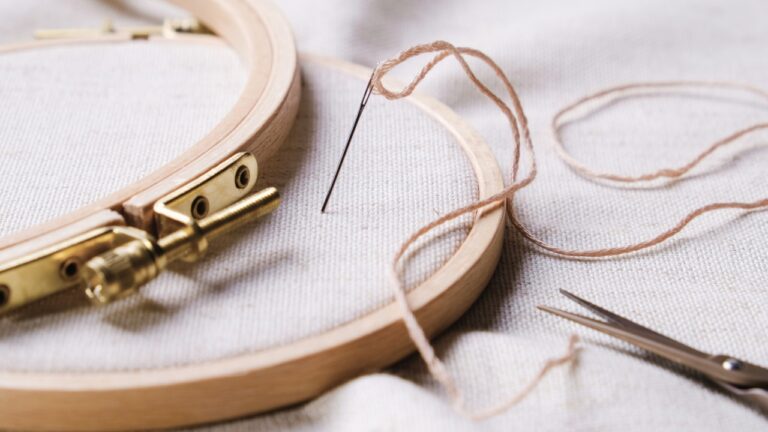How To Dry & Preserve Flowers Inside Books: How To Guide 🌸
Drying flowers has long been a cherished practice, allowing us to extend the lifespan of our favorite blooms and capture their beauty in a different form.
Amidst the myriad of methods available, one timeless approach involves using books as a medium for the drying process.
This method is not only accessible and cost-effective but also adds a touch of vintage charm to the results.

In this blog, we’ll explore the step-by-step process of drying flowers inside books—a straightforward and effective technique that requires minimal resources.
Whether you’re a seasoned flower enthusiast or a curious beginner, join us on this journey as we uncover the practicalities of transforming ordinary books into vessels of preserved botanical beauty.
Introduction
Drying flowers within the pages of books is a captivating and timeless technique that allows you to preserve the ephemeral beauty of blooms while imbuing a touch of vintage elegance into the process.
This comprehensive guide aims to be a beacon for both novices and seasoned flower enthusiasts, providing a meticulous step-by-step approach.
Join us as we explore the intricacies of this method, offering insights into its popularity and guiding you through the entire process with a focus on facts and practical application.

Why Dry Flowers in Books?
Before we delve into the nitty-gritty of the process, it’s worth understanding why drying flowers inside books is a popular choice.
Beyond its simplicity and low cost, this method allows enthusiasts to create pressed flowers that retain their shapes, colors, and textures remarkably well.
The weight of the books helps flatten the blooms, while the absorbent pages facilitate the drying process without compromising the integrity of the petals.
With just a few materials and a bit of patience, you can transform your favorite flowers into charming keepsakes that serve as a testament to the enduring allure of nature.
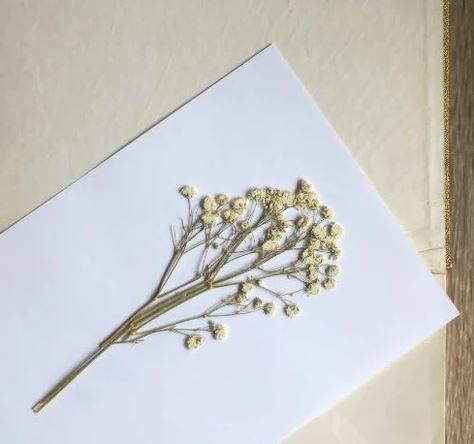
HOW TO DRY FLOWERS INSIDE BOOKS
1. Choosing the Right Flowers
Begin by selecting flowers that are at their peak bloom and relatively dry. Opt for varieties that are sturdy and less prone to shedding petals during the drying process.
Morning-picked flowers are generally well-hydrated, making them ideal candidates for pressing. Avoid overly delicate or extremely moist flowers, as these may not preserve well within the book’s pages.
Here’s a list of 15 popular flowers that are well-suited for drying inside books
Roses (Rosa): Known for their timeless beauty, roses press well and retain their vibrant colors.
Lavender (Lavandula): With its delightful fragrance, lavender dries beautifully and maintains its aromatic properties.
Pansies (Viola tricolor): These delicate and colorful blooms press easily and can be arranged in intricate patterns.
Daisies (Bellis perennis): Simple and cheerful, daisies preserve well within book pages, capturing their classic charm.

Chrysanthemums (Chrysanthemum spp.): The diverse colors and shapes of chrysanthemums make them excellent candidates for pressing.
Marigolds (Tagetes): With their bold colors, marigolds add a lively touch to pressed flower arrangements.
Baby’s Breath (Gypsophila): The delicate appearance of baby’s breath is beautifully maintained when dried inside books.
Sunflowers (Helianthus): While large sunflowers may require a flower press, smaller varieties can be successfully dried within book pages.
Daffodils (Narcissus): Pressing daffodils captures the essence of spring and preserves their unique trumpet-shaped blooms.
Forget-Me-Nots (Myosotis): These tiny, delicate flowers hold sentimental value and press well within book pages.
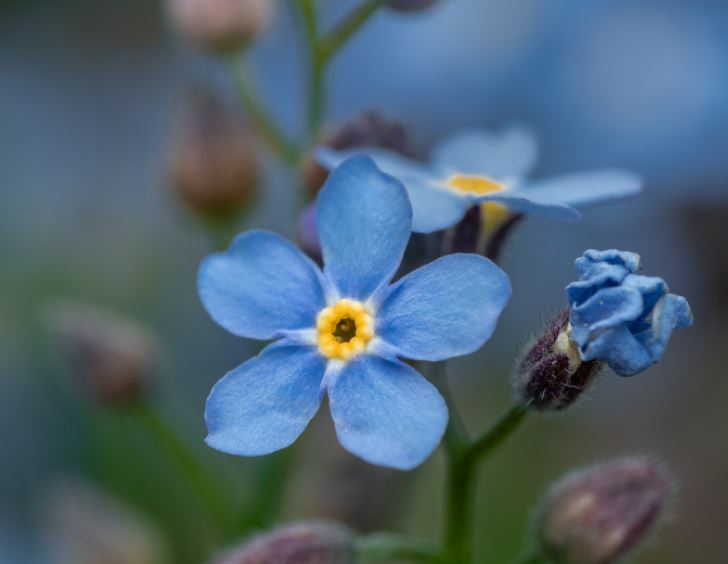
Violets (Viola odorata): Violets, with their heart-shaped petals, press beautifully and retain their intricate details.
Tulips (Tulipa): Press tulips carefully to preserve their elegant and distinct shapes, capturing the essence of spring.
Hydrangeas (Hydrangea): The small petals of hydrangeas dry well and can be used to create stunning arrangements.
Statice (Limonium): Known for its papery texture, statice adds texture and visual interest to pressed flower displays.
Dried Seed Pods (e.g., Poppy Pods): Beyond traditional flowers, consider drying seed pods for unique and textural additions to your pressed flower collection.
Remember to experiment with different flowers to find your favorites, and consider combining various blooms to create visually appealing and diverse arrangements within the pages of your books.
We also have a helpful list of the most common cottagecore garden plants and some make really great dried arrangements.
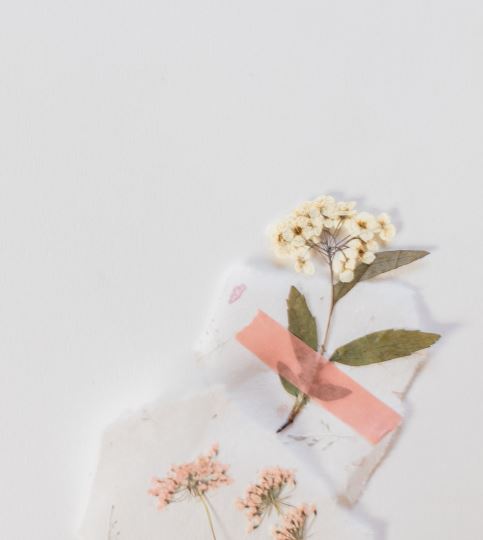
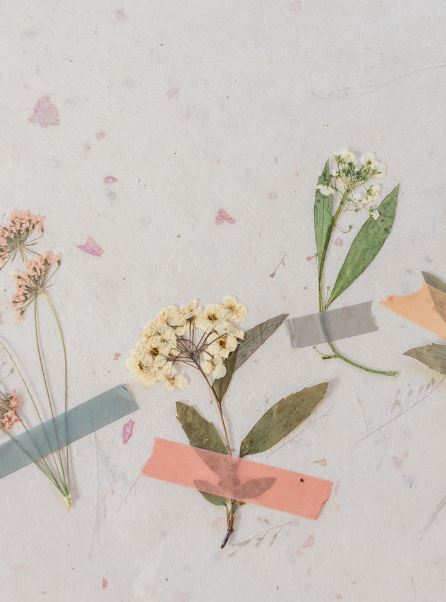
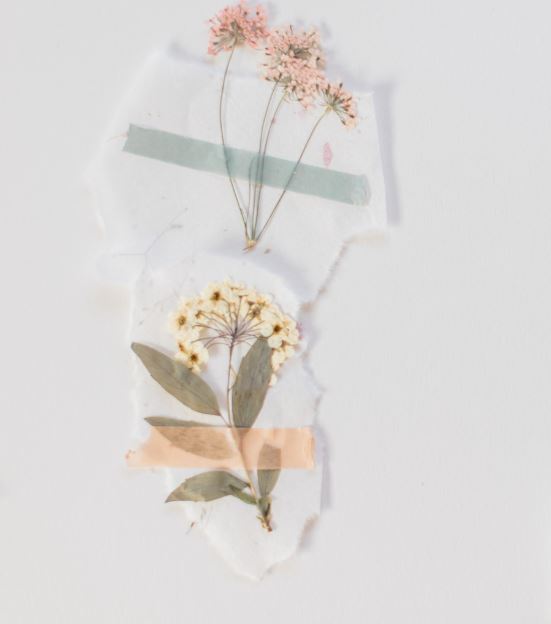
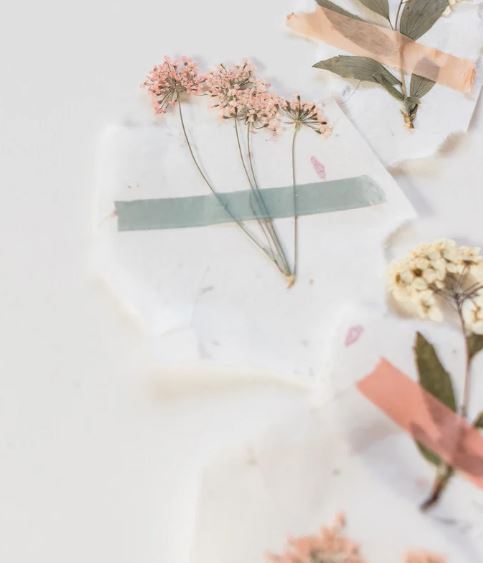
2. Gather Materials
Ensure you have all the necessary materials:
- Freshly picked flowers
- Heavy, dense books with clean and dry pages
- Absorbent paper (parchment or blotting paper)
- Scissors
- Optional: Additional weights for pressing
3. Selecting Suitable Books
The choice of books plays a crucial role in the success of your flower pressing. Opt for heavy and dense books with flat, clean, and dry pages.
The weight of the books facilitates even flower flattening, while clean and dry pages prevent any unwanted stains or discoloration on your blossoms.
Choose books with minimal texture on the pages, as overly textured surfaces can affect the pressing process.
Avoid glossy or heavily textured pages, as these can affect the pressing process. Ensure the books are free from moisture or mold.

4. Flower Preparation
Trim excess stems and leaves from your selected flowers using sharp scissors.
Ensure that the flowers are dry and free from any water droplets, as moisture can hinder the drying process and potentially lead to mold development.
Arrange the flowers in a single layer on a clean surface before placing them within the book.
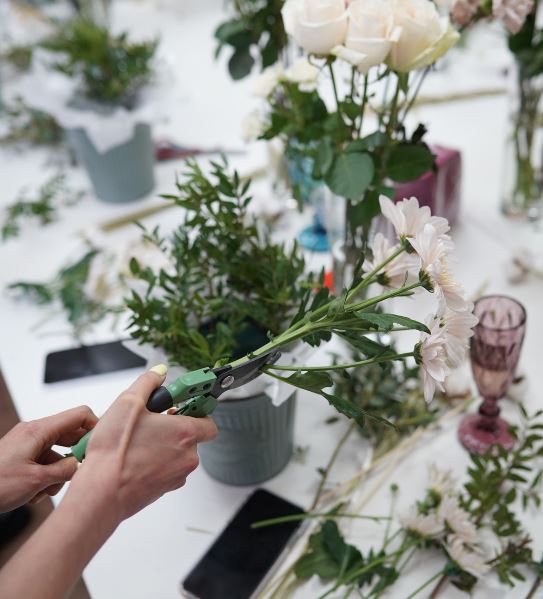
5. Using Absorbent Paper
Place a layer of absorbent paper between the flowers and the pages of the book. Parchment or blotting paper works well for this purpose.
The absorbent paper helps wick away excess moisture from the flowers during the drying process, aiding in preserving their color and structure.
Regularly check and replace the absorbent paper if it becomes saturated.
6. Positioning Flowers in the Book
Open the chosen book to a clean, dry page. Carefully arrange the flowers on the page, ensuring they do not overlap.
Leave sufficient space between each bloom to prevent sticking or smudging during the pressing process.
Consider creating a layout that is visually appealing or experiment with different arrangements for artistic expression.
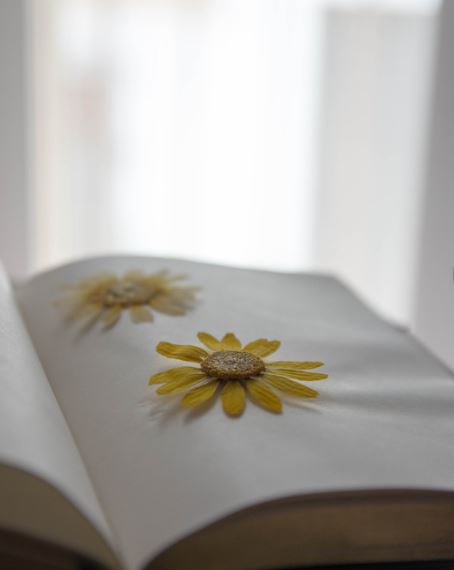
7. Closing and Securing the Books
Gently close the book, ensuring that the flowers remain in their designated positions.
To apply additional pressure and aid in the flattening process, place more books or a heavy object on top of the closed book.
This step ensures even distribution of pressure, resulting in well-preserved flowers with flattened forms.
8. Monitoring the Drying Process
Patience is key in the flower-drying process. Check the flowers periodically to gauge their progress.
The drying time varies based on factors such as flower type and humidity levels. Avoid opening the book prematurely, as this can disrupt the pressing process.
9. Replace Absorbent Paper if Needed
If the absorbent paper becomes saturated during the drying process, replace it with fresh, dry paper. This ensures continued absorption of excess moisture.
10. Carefully Remove Dried Flowers
Once the flowers are fully dry, carefully open the book. Gently remove the dried flowers, taking care not to damage the delicate petals. If any sticking occurs, carefully separate the flowers.
By following these step-by-step instructions, you’ll be able to successfully dry flowers inside books, creating beautiful pressed flower arrangements that capture the essence of nature.
Remember to experiment with different flowers and arrangements for unique and personalized results.
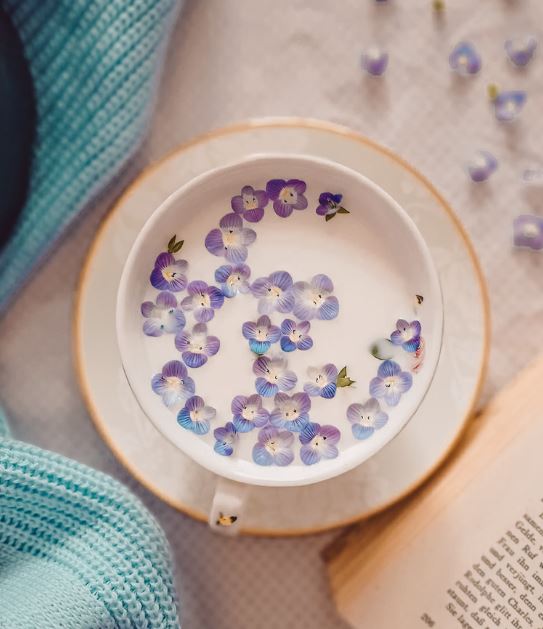
Troubleshooting and Common Mistakes: Navigating Challenges in Flower Drying
Mold Development
Issue: Mold can develop on flowers or book pages, especially if there’s excess moisture.
Solution: Ensure that both the flowers and book pages are completely dry before pressing. Use absorbent paper between flowers and pages to wick away moisture.
If mold develops, remove affected flowers, replace the absorbent paper, and relocate the flowers to a new, dry page.
Uneven Drying
Issue: Flowers may dry unevenly, resulting in some parts being more brittle than others.
Solution: Check the flowers periodically during the drying process.
If you notice uneven drying, carefully open the book and rearrange the flowers, ensuring they receive equal pressure. Resume the drying process with the rearranged flowers.

Stained Pages
Issue: Flower pigments may transfer to book pages, causing unsightly stains.
Solution: Use absorbent paper between the flowers and pages to minimize pigment transfer.
Replace the absorbent paper if it becomes saturated. If stains occur, consider placing a protective layer (e.g., wax paper) between the flowers and book pages.
Fading Colors
Issue: Some flowers may experience color fading during the drying process.
Solution: Choose flowers known for color retention, like roses and chrysanthemums. Experiment with flower types to find those that preserve their colors well.
Additionally, minimize exposure to direct sunlight, as it can contribute to color fading.
Overlapping Flowers
Issue: Flowers that overlap may stick together or cause imprints on each other.
Solution: Ensure adequate spacing between each bloom during the arrangement process. If flowers stick together, carefully separate them once the pressing process is complete.
Consider creating a single layer of flowers on each page to avoid overlap.
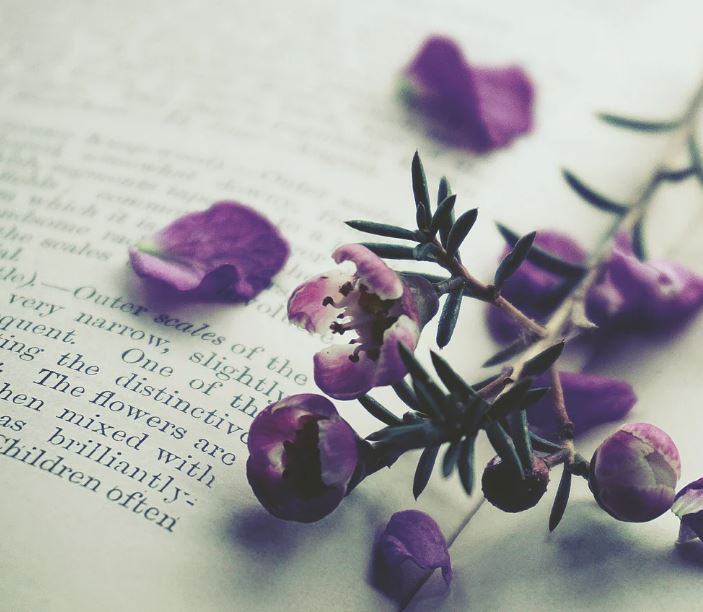
Premature Opening of the Book
Issue: Opening the book too soon can disrupt the pressing process and result in misshapen flowers.
Solution: Be patient and allow the flowers sufficient time to dry. Check periodically but avoid opening the book prematurely.
Once the flowers are completely dry, carefully remove them, ensuring their delicate petals remain intact.
Using Inappropriate Books
Issue: Books with glossy or heavily textured pages may not yield optimal results.
Solution: Choose books with clean, dry, and flat pages. Avoid those with glossy or heavily textured surfaces, as these can impact the effectiveness of the pressing process.
Select heavy and dense books for even pressure distribution.
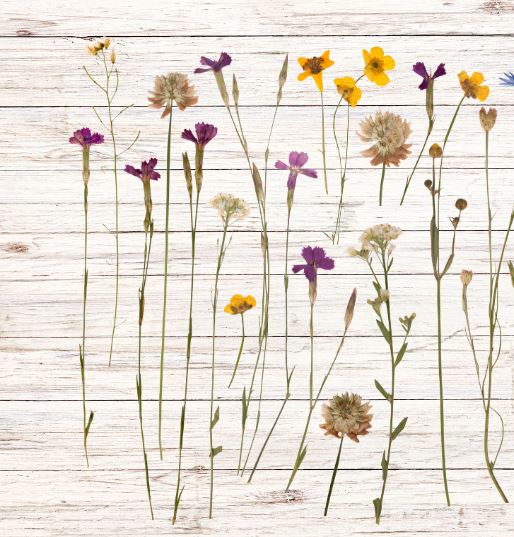
By addressing these common challenges and implementing the suggested solutions, you’ll enhance your ability to achieve stunning, well-preserved flowers within the pages of your chosen books.
Troubleshooting is an integral part of the learning process, and with each attempt, you’ll refine your technique for an increasingly successful flower-drying experience.
FAQ’s About Drying Flowers Inside Books
How long does it take to dry flowers inside books, and does the time vary for different types of flowers?
The drying time for flowers inside books can range from a few weeks to several weeks, depending on factors like flower type, size, and environmental conditions.
Delicate flowers may dry faster than thicker ones, and humidity levels in your location can also influence the process. Regularly check the flowers for dryness, and adjust the duration accordingly.
Can any book be used for drying flowers, or are certain characteristics more suitable?
Ideally, choose heavy and dense books with clean, dry pages for flower pressing. The weight of the book assists in even flower flattening.
Avoid using books with glossy or heavily textured pages, as these can interfere with the absorption of moisture from the flowers.
Additionally, ensure the books are free from any musty smells or mold, which could transfer to your flowers during the drying process.

How do I prevent mold during the drying process, and what should I do if it occurs?
To prevent mold, ensure that both the flowers and the pages of the book are completely dry before starting the pressing process.
Use absorbent paper between the flowers and the book pages, and periodically check for moisture buildup.
If you notice any mold, gently remove the affected flowers, discard the moldy paper, and relocate the flowers to a new, dry page with fresh absorbent paper. If you are still not getting the proper results, you can also try a flower pressing kit.
Can I dry flowers of any color inside books, or are there certain colors that work better?
While you can dry flowers of various colors, it’s important to note that some flowers retain their hues better than others.
Vibrant colors, such as those in roses or pansies, tend to preserve well, while more delicate or pastel-colored flowers may fade slightly during the drying process.
Experimenting with different flower types and observing their color retention can help you choose the best blooms for your desired aesthetic.
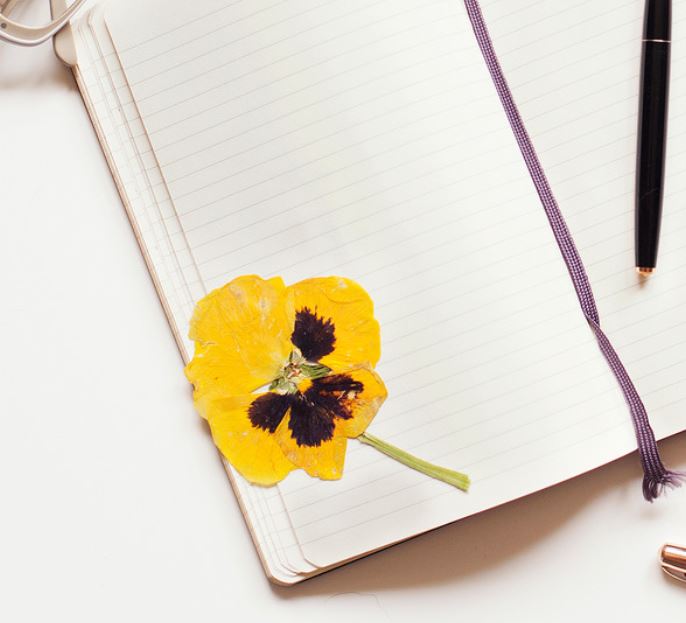
Are there alternative methods to enhance or speed up the drying process for flowers inside books?
While patience is key, there are a few techniques to consider. Placing a weighted object on top of the closed book can help exert additional pressure, aiding in the flattening process.
You can also use a flower press for a more controlled and expedited drying experience. Keep in mind that microwaving or using an oven is not recommended, as these methods can cause the flowers to lose their color and texture.
Best Tips For Drying Flowers Inside Books
Select Flowers Wisely
Opt for flowers that are at their peak and relatively dry. Morning-picked blooms with minimal moisture content work best.
Avoid using flowers that are overly delicate or prone to shedding petals, as these may not retain their structure well during the drying process.
Use Absorbent Paper
Place absorbent paper, such as parchment or blotting paper, between the flowers and the pages of the book.
This helps absorb excess moisture from the flowers and prevents any color transfer to the book’s pages. Change the absorbent paper periodically if it becomes saturated.
Allow Adequate Drying Time
Patience is key when drying flowers inside books. The drying time varies depending on factors like flower type and humidity levels.
Periodically check the progress of your flowers and refrain from opening the book prematurely. Most flowers require several weeks to fully dry and preserve their vibrant colors.
Experiment with Arrangement
Get creative with how you arrange your flowers within the book. Experiment with different layouts, spacing, and orientations to achieve varied visual effects.
Leave enough space between each bloom to prevent them from sticking together or causing imprints on one another during the pressing process.
Consider creating patterns or designs within the pages for added artistic flair.

In Closing: As we come to the end of our exploration into the enchanting world of drying flowers inside books, we want to extend a heartfelt thanks for accompanying us on this floral odyssey.
Your curiosity and interest in preserving nature’s beauty through this timeless method are truly appreciated.
We hope this guide has equipped you with the knowledge and inspiration to embark on your own journey of creating pressed flower masterpieces.

The delicate blooms tucked within the pages of your favorite books are not merely petals; they are memories, captured in a form that allows nature’s artistry to endure.
Thank you for reading, and may your floral endeavors continue to bloom with creativity and joy. Happy pressing!

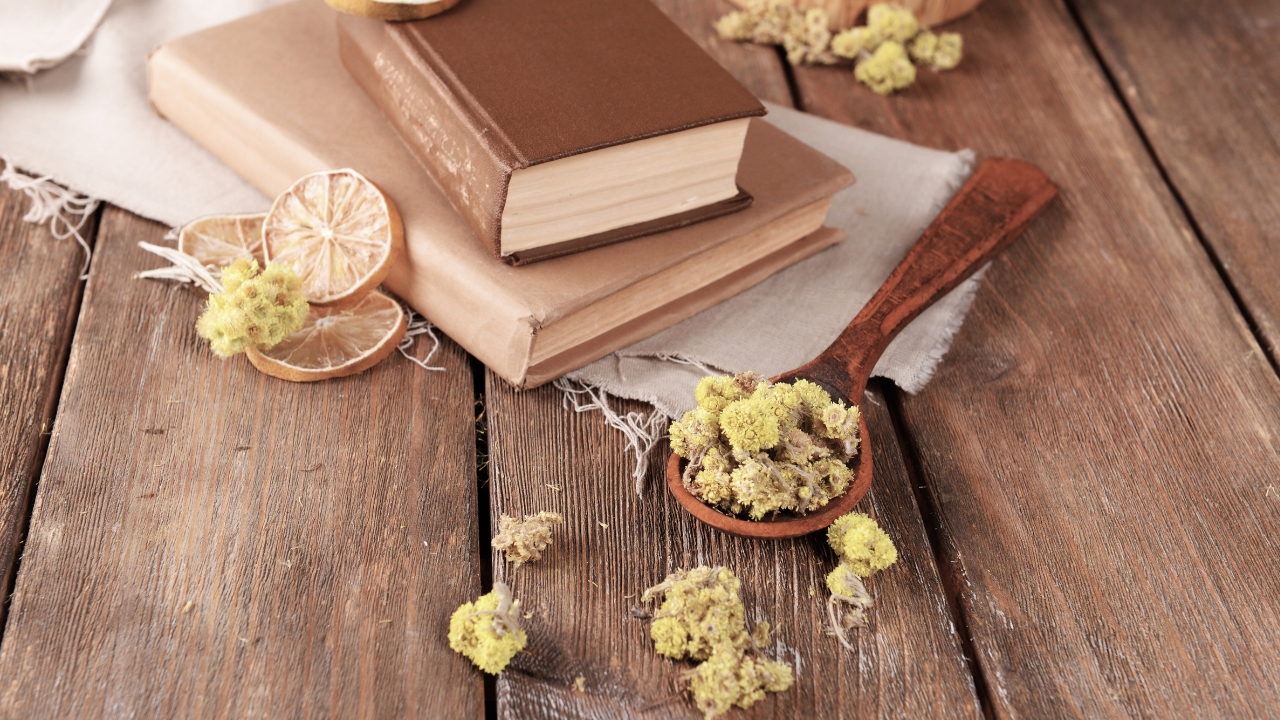

![15 Easy To Use Flower Pressing Kits [2024]](https://cozycottagecoreliving.com/wp-content/uploads/2023/12/best-flower-pressing-kits-cover-768x432.jpg)
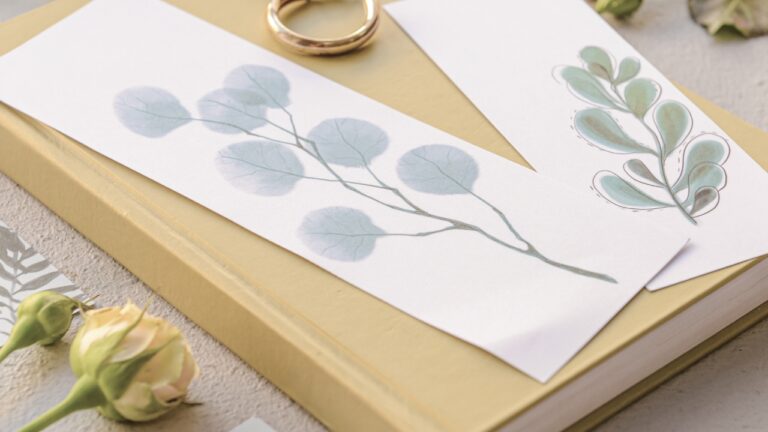
![19 Ideas: DIY Cottagecore Crafts For Winter [2024]](https://cozycottagecoreliving.com/wp-content/uploads/2023/12/cottagecore-crafts-for-winter-768x432.jpg)
![11 Best Resin For Flowers [2024]](https://cozycottagecoreliving.com/wp-content/uploads/2023/12/best-resin-for-flowers-cover-768x432.jpg)
